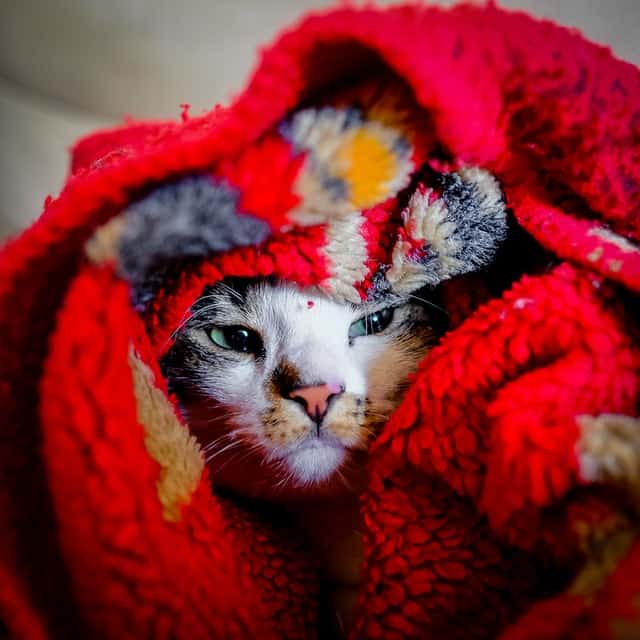
If you are dealing with a veterinary emergency it is essential to know the normal values of the cat’s vital signs and to know how to measure heart rate, pressure and temperature.
Those who choose to adopt a cat (or any other pet) must take responsibility for its health and well-being, therefore preparing to deal efficiently with a veterinary emergency is our precise duty: before intervening in any way, it is essential. evaluate the conditions of the cat and know which values are to be considered normal and which are not.
In this article, we will delve into a cat’s vital signs, including temperature, respiratory rate, and heart rate. Once we have established which are the reference ranges considered normal for these values, we will see how to measure them and what to do based on the situation that occurs. In any case, we absolutely cannot think of replacing the veterinarian: the information and advice must always and in any case be completed by the timely intervention of an expert professional.
Vital signs of the cat: values and measurements
The first thing to say is that the vital parameters of a cat should never be considered following the same criteria as human ones: an animal has extremely different normal values from ours, and knowing this is useful to avoid panicking when it is not necessary.
In general, normal values for the basic vital signs of cats are:
– Cat’s normal heart rate: 140/220 beats per minute
– Feline normal breathing rate: 15/30 breaths per minute
– Cat’s normal temperature: between 38 ° C and 38 ° C
How to measure the vital signs of the cat?
To measure a cat’s heart rate and respiratory rate, you will need a clock with a second hand or a timer, while a digital rectal thermometer, preferably a pediatric type, will be needed to measure a cat’s temperature. Let’s see in detail the steps to be taken, step by step, for each measurement.
Measure the cat’s heart rate
Measuring a cat’s heart rate can be a complex operation, so it is always advisable to have it done by the vet with the stethoscope. However, you can do a home measurement if needed by following these steps:
– Place your hands on either side of the cat’s chest, applying gentle pressure until you feel its heartbeat.
– Count your beats for 15 seconds, then multiply the result by 4 to get your heart rate per minute.
– An alternative is to measure the beats by placing two fingers in the cat’s groin and following the same procedure indicated in the previous point.
Measure the cat’s respiratory rate
Again, it should be noted that a home measurement may not be as accurate as that taken by the vet with a stethoscope. To take a cat’s respiratory rate, you need to:
– Carefully observe the cat’s chest to see it rise and fall, or place a hand on the cat’s chest to feel it by touch.
– Count the times the chest swells for 15 seconds and multiply by 4, obtaining the number of breaths per minute.
Measure the cat’s temperature
To measure the temperature of the cat with a rectal thermometer, much more precise and reliable than that with the ear thermometer, it is good to be two: one person will have to hold the cat still with one hand on the back and the other around the hind. At this point it will be necessary:
– protect the thermometer probe with a disposable cover,
– cover the thermometer tip with petroleum jelly or water gel,
– gently insert the thermometer tip into the cat’s rectum,
– wait for the beep and read the result.
What to do if the cat’s vital signs are not normal

If the cat’s heart rate or respiratory rate is not normal, or if the body temperature is too high or too low compared to the reference values, the veterinarian should be contacted immediately.
In addition to these vital parameters, it can also be useful to observe the color of the cat’s gums: if we have pale, yellowish, bluish gums, too dark compared to normal, it could be a sign of ongoing health problems, just like the gums of the dog.
There are also emergency situations in which it is good to intervene immediately, entrusting someone with the task of calling the veterinarian in the meantime: if the cat is not breathing, for example, it will be necessary to carry out resuscitation with artificial respiration; while if the heart is not beating it will be necessary to intervene with CPR, cardio pulmonary resuscitation.
A useful tip: practice measuring your cat’s heart rate and breathing when the situation is calm and relaxed, so you know what to do clearly when and if you are faced with an emergency situation.






